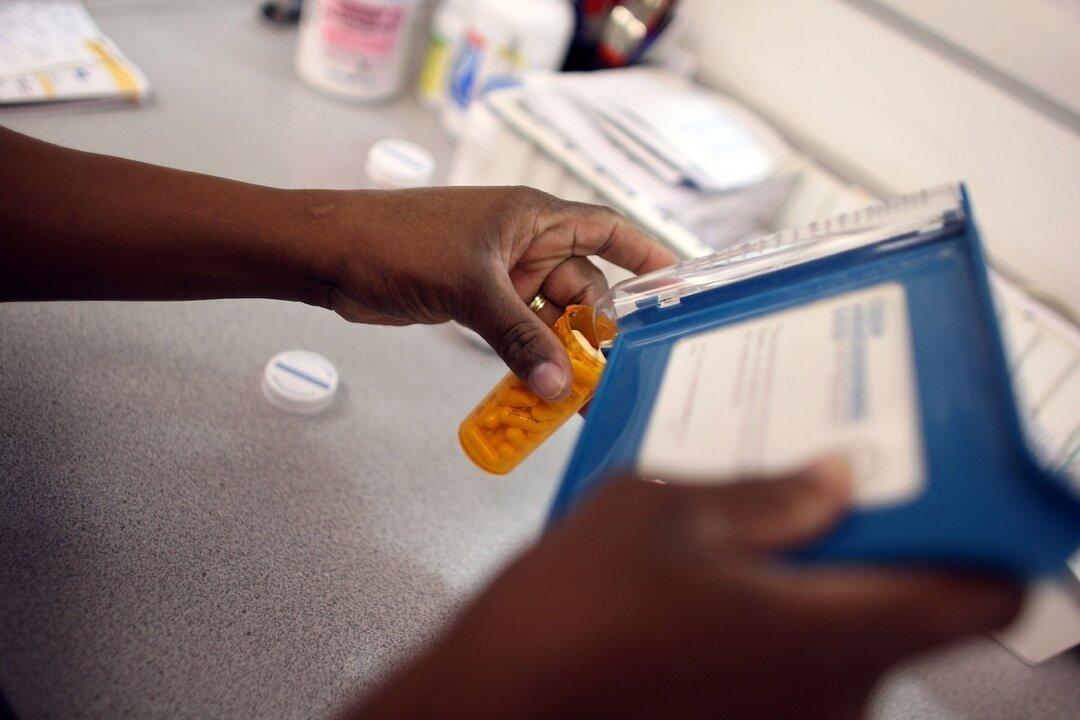Australia’s misuse of antibiotics is fueling the growth of drug-resistant bacteria, posing a growing challenge in treating severe infections, according to a new report from Australia’s Commission on Safety and Quality in Healthcare.
Senior medical advisor Professor John Turnidge warned: “Antimicrobial-resistant germs pose an alarming health risk because in more serious cases when the drugs don’t work, there may be no antibiotic options left for some patients.”





